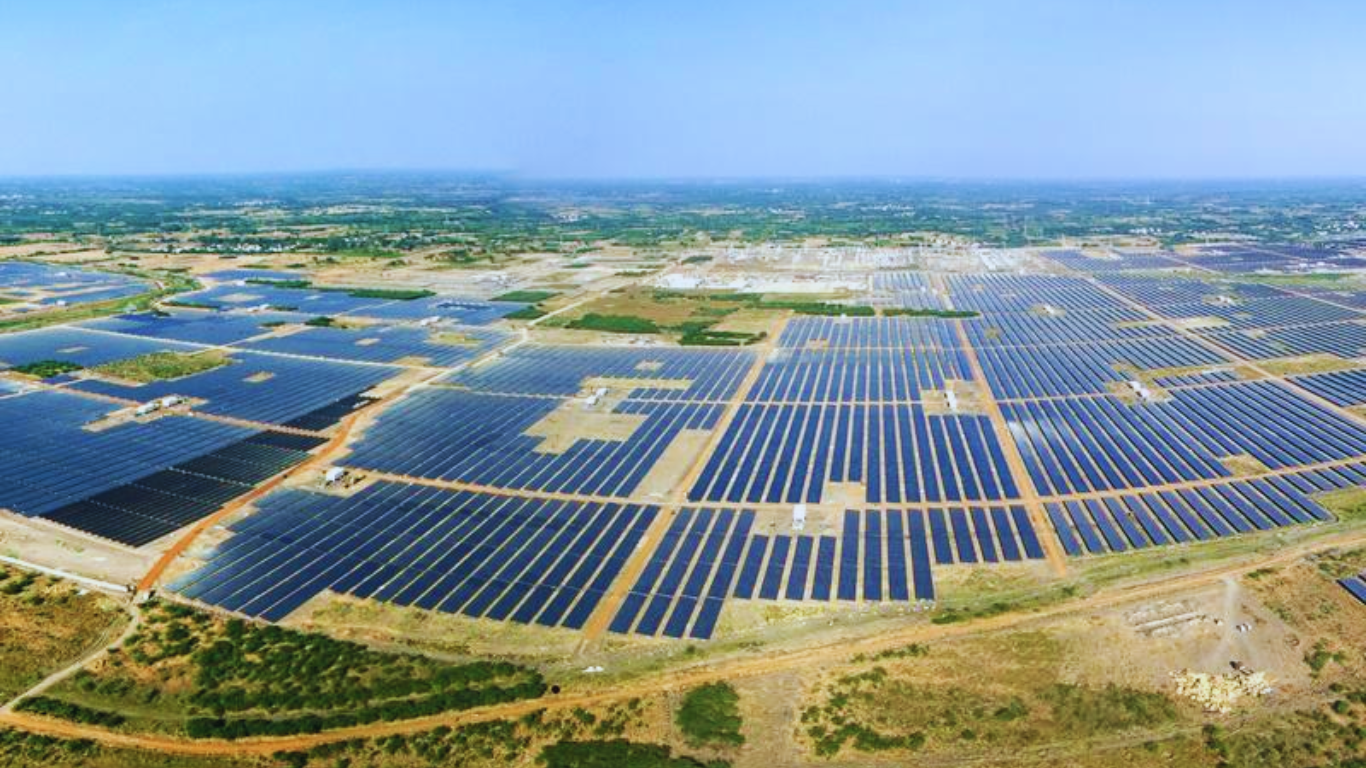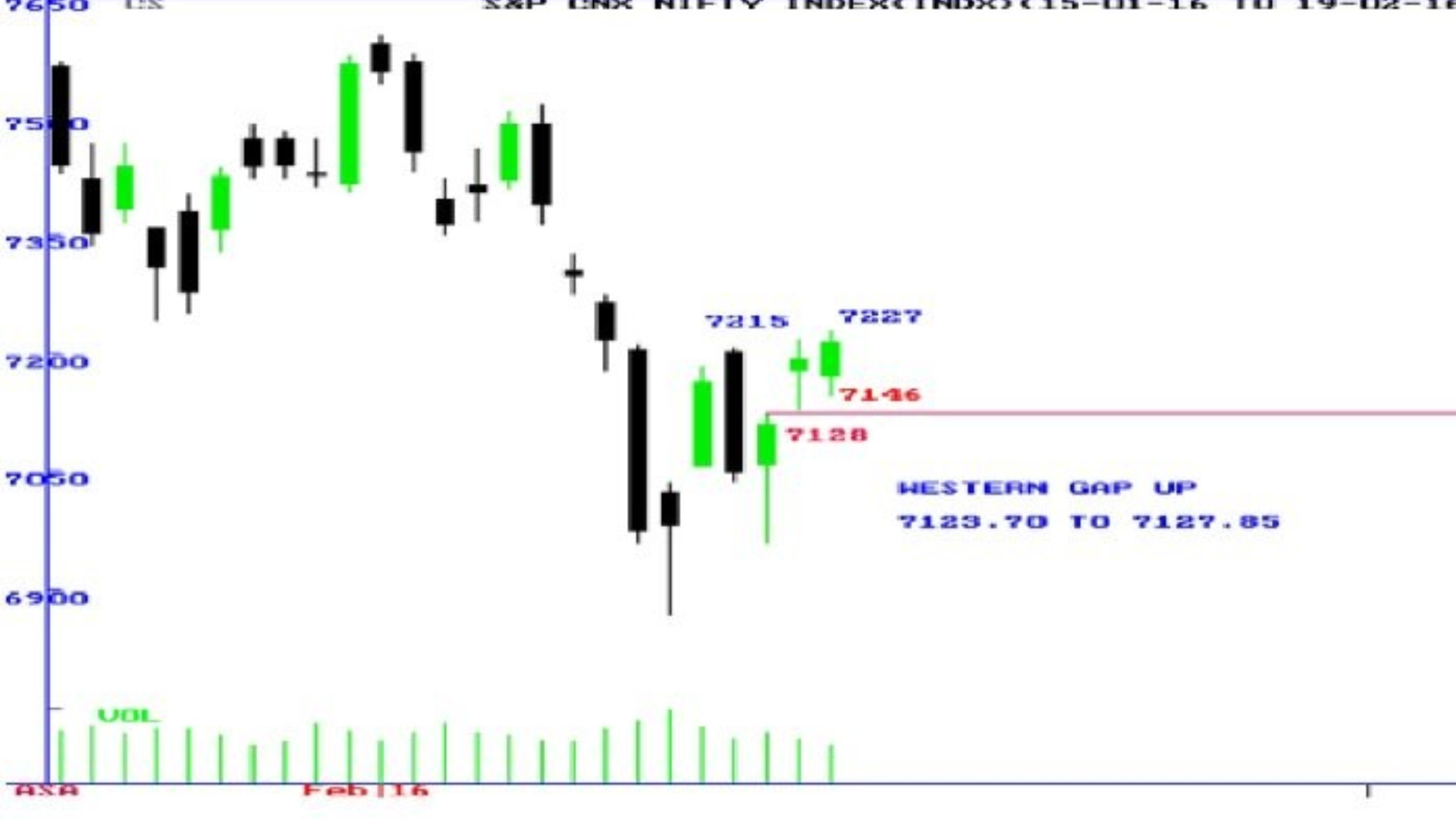










The Atlantic thermal coal market anticipates a more stable year in 2024 following the recent turbulence, according to market players.According to S&P Global Commodity Insights, while challenges persist, including natural gas supply security issues and the ongoing coal phaseout, government policy developments and demand from larger Asian markets are identified as key areas to monitor.
The overall pricing outlook for 2024 carries a somewhat negative sentiment due to weak macroeconomics likely impacting demand.However, sources suggest that prices will be steadier with a reduced restocking surge in demand after a relatively mild winter.Import demand from major Asian markets, particularly China, is expected to decrease after a record-setting year in 2023.
Despite weak economic forecasts, ongoing trade flow disruptions, and a lack of new coal supply, sources believe that prices will be supported.CIF ARA levels are expected to maintain over USD 100/mt throughout the year.In 2023, the European market witnessed sporadic ups and downs influenced by logistical challenges and volatility from the gas market.Despite these fluctuations, overall prices followed a downward trend from the record highs of 2022.
Notably, the demand downturn led CIF ARA 6,000 kcal/kg NAR thermal coal prices to their lowest levels since mid-2021.Throughout 2023, the European market experienced resilience in coal demand, attributed to concerns about gas shortages and the reactivation of coal plants due to gas supply worries.Full-year imports to European countries are projected to be around 56-60 million mt for 2023, maintaining a level above previous expectations despite the long-term decline in European coal demand.
While Europe remains committed to a coal phaseout, some coal plants were brought back into operation due to gas supply concerns, supporting coal demand.Requests for extending the lifeline of emergency plants through 2024 were made towards the end of 2023.Coal demand in 2024 is expected to decrease by only 5-6 million mt compared to 2023.Several European countries, including Italy, postponed their coal phaseout targets at the COP28 climate conference.
This decision is likely to keep European coal demand firmer than previously expected, contingent on European gas supply security.Outside of Europe, government coal policies in major exporters such as Colombia and South Africa are closely monitored.In Colombia, government pledges to block open-pit coal mining in objectionable local communities could potentially cause interruptions to supply, although no significant reduction in production or exports is anticipated in 2024.
South Africa faces growing calls to reduce its coal industry.While the country’s essential role in power generation and employment makes any changes politically sensitive, a lack of investment in new mine developments has reduced the average quality of coal produced.This is projected to continue in 2024, assuming that EU sanctions do not change unexpectedly, resulting in the formation of a two-tier market in which cheaply discounted Russian coals are sold into Turkey and further afield into countries such as India.
Over the past two years, Russian coals have been displaced from the European market due to sanctions following Russia’s invasion of Ukraine.High-CV coal from Colombia and South Africa entered Europe, while Russian coal redirected to the Mediterranean.Turkish coal-fired generation is expected to reach a record 24 per cent of the Turkish power mix in 2024, fuelled by discounted Russian coal.Pakistan, on the other hand, experienced a nearly 50 per cent reduction in coal imports in 2023 due to weak economic conditions and a drive to increase domestic output. This trend is expected to continue in 2024










